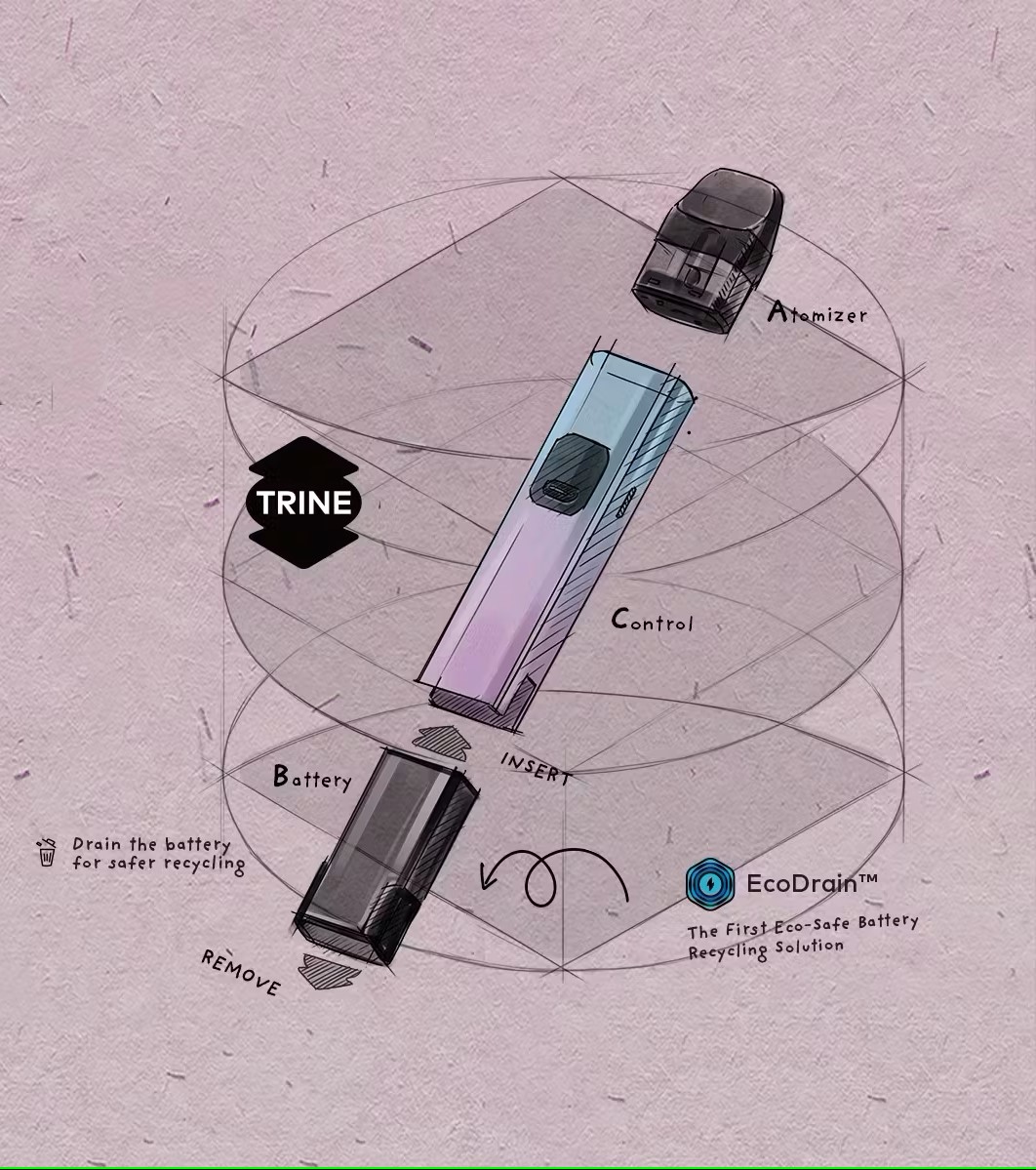Nicotine e-cigarettes are more effective quit-smoking products than conventional nicotine-replacement therapies (NRTs), reports University of Massachusetts Amherst, citing the latest Cochrane review.
The review found high certainty evidence that e-cigarettes lead to better chances of quitting smoking than using patches, gums, lozenges or other traditional NRTs.
“In England, quite different from the rest of the world, e-cigarettes have been embraced by public health agencies as a tool to help people reduce the harm from smoking,” said Jamie Hartmann-Boyce, assistant professor of health policy and promotion in the School of Public Health and Health Sciences at the University of Massachusetts Amherst.
“Most of the adults in the U.S. who smoke want to quit, but many find it really difficult to do so,” said Hartmann-Boyce, who conducted research at the University of Oxford in England before joining the University of Massachusetts Amherst earlier this year and is the senior author of the review and a Cochrane editor. “We need a range of evidence-based options for people to use to quit smoking, as some people will try many different ways of quitting before finding one that works for them.”
The review included 88 studies and more than 27,235 participants, with most of the studies taking place in the U.S., the U.K. or Italy.
“We have very clear evidence that, though not risk-free, nicotine e-cigarettes are substantially less harmful than smoking,” Hartmann-Boyce said. “Some people who haven’t had success in the past with other quit aids have found e-cigarettes have helped them.”
For every 100 people using nicotine e-cigarettes to quit smoking, eight to 10 are expected to successfully quit compared to six of 100 people using traditional NRTs and four of 100 trying to quit without support or with only behavioral support, according to the review.
“Not everything is either entirely harmful or beneficial,” Hartmann-Boyce said. “Different things can have different impacts on different populations. Evidence shows that nicotine e-cigarettes can help people quit smoking and that people who don’t smoke shouldn’t use e-cigarettes.”
Hartmann-Boyce compared tobacco smoking versus e-cigarette use to the treatment for substance use disorders involving opioids. “We’re not going to prescribe methadone to people who aren’t addicted to opioids,” she said. “But for people addicted to opioids, we recognize that methadone is a helpful thing.”
In 2021, a study by Queen Mary University of London, published in Addiction, shows that e-cigarettes are more effective in achieving long-term smoking reduction and cessation than NRTs.
The U.S. Food and Drug Administration has not approved any e-cigarettes as medications to help adults quit smoking. “While certain e-cigarettes may help adult smokers transition completely away from, or significantly reduce their use of, more harmful combusted cigarettes, the law’s public health standard balances that potential with the known and substantial risk with regard to youth appeal, uptake and use of these highly addictive products,” said Robert Califf, FDA commissioner.





















